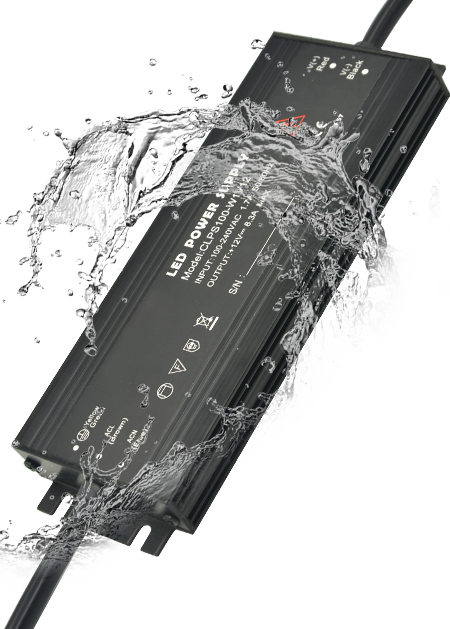A frequent question from beginners and experienced PC users alike is, can I use a 5V power supply on a 12V laptop. Many of the most popular brands, including Dell, HP, and Sony, allow laptop power supplies to be switched with an additional 12V line of plug-in adaptors. If not sure which brand you should choose, you can read a review or check with the manufacture for the power requirements of your particular model. The amount of power supplied needs will vary depending on the tasks you want to perform for any computer system.
Daily, most laptops will draw a minimum of 5V from the mains supply. Even if you have an AC adapter in place, it will only ever remove an average of about five to ten watts from the mains. Using a 5V power supply on your laptop will give you an extra source of power and help keep your system running smoothly.
However, if you use a high-powered laptop and want to take it with you when you travel or use it heavily when playing computer games, you will need to use a separate power supply unit. There are many options. Some will provide the maximum power that your laptop can use at any one time. Many are available in smaller sizes, designed for use with portable computers.
Benefit of using a separate power supply
The benefit of using a separate power supply for your 12V laptop is that it will prevent any overload. This will reduce your risk of damage to your unit and will prolong its life. It is important to check the specifications of the power supply you have selected for your team. If it can supply power to your laptop correctly, it will help extend the life of your unit.
It would help if you only used a power supply that is compatible with the laptop you have. Although many provide a USB connection, this is unnecessary if you are using the device in its most basic form. You might find that it is necessary to connect the AC adapter to your laptop to use the device. However, make sure that you are using the correct cable to avoid damage to it. As a general rule, when connecting any external devices, such as scanners or printers, to your computer, ensure that they are also using the appropriate power connection and that the power supply for them is compatible with your laptop.
What to do before choose a power supply
When choosing which power supply you should use, remember that it must deliver the power required for the device. If you over-voltage it, your laptop may not work correctly, as it could suffer from overheating. If you under-voltage it, you might struggle to use the device, as the battery life may become very limited. If you choose a cheap one that does not offer a range of options, you might also experience poor quality. One final point is that you should never connect a USB device to a PC, even if it has a USB port.
You may need a converter if you need to use a power supply that operates on different power levels. Some devices use a USB-to Molex converter, but some use a standard adapter. In any case, there are converters available that can convert these interfaces into different ones. It is also worth looking at whether your device uses a high or low power state, as this can affect the output. In some cases, it is not possible to change the output to a setting suitable for your needs, in which case you would need to use a power supply that uses a regulated voltage.
A secondary power supply
If you want to use a USB device that operates from a different power source than what your device uses now, you will need a secondary power supply. Again, it is possible to find these online or in electronics stores. Once again, it is best to try it out before making a purchase, as you need to be sure it will work. The output from these devices can vary, and you may need a cable to reach the wall socket on your machine. Finally, some USB devices will require that the computer runs Windows, while others are designed to work with any operating system. If you cannot connect the output on your machine, you will not be able to use a USB device; therefore, it is advisable to see whether you can get a USB enclosure to use with your USB peripheral device.





